Confession time: I always wanted to live in California.
I longed to trade the farm, where weeds grew along the pasture fences, for a house with a pool and a kitchen island. I wished for a neighborhood with tidy new houses, all tied together with a ribbon of sidewalk set off from the curvy street in perfect symmetry. I wanted to trade my town, with its silos and combines and stock yards and farmer foreheads 1 for one packed with big shiny schools, with handsome, amenity-jammed parks, with malls and plazas and poetic place names.
As portrayed on TV, life in California was one big dance party and everybody had Brady-Bunch-sized problems.
The people who lived there were the sort that got “transferred,” which meant that their dad got a promotion, which led them to a better city with a better house, where they got to be the interesting new kid at school (and start over with a clean social slate).
My daddy was a farmer. Farmers don’t get transferred anywhere.
I had forgotten all about these junior-high fantasies until I opened Kevin Starr’s book, Golden Dreams: California in an Age of Abundance, 1950-1963. In his opening chapter, he describes the San Fernando Valley, with neighborhoods popping up like dandelions, and eager Americans, most of them from Somewhere Else, buying into this new life.
Golden Dreams is one volume in a series, each book covering a different era in California’s history. If the other books are as thick as this one, I doubt Mr. Starr has had time to write, say, a single spy novel on the side.
I liked the chapters on individual cities. There was the Valley, of course, and San Francisco, the closest we come to European charm here in America, and Los Angeles (more on that later) and San Diego.
I distinctly recall looking up from the San Diego chapter and calling out to my husband, “I have found our next vacation spot.”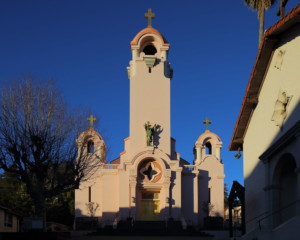
Starr’s other chapters are more wonky. You will learn far more about the development of the freeway system, the water supply system, the politics, even jazz, than you can handle. Although there’s a juicy anecdote about Richard Nixon buried in there.
Then there was the chapter on jobs. There were lots of them. They were all about aerospace, the military, high-tech. If everybody in your neighborhood drives off to their extremely brainy job every day — in their convertibles — your town sure isn’t peppered all over with silos and stockyards. No duh! These people got vacations. The salaried, suburban life enjoys a blessed regularity that doesn’t exist on the farm.
Life in California felt newer and freer than the one they all lived Somewhere Else.
Eventually Starr got around to the unintended consequences. Crikey! We’ve got freeways everywhere! And they’re all Full. Of. Cars.
Those freeways made Los Angeles a much different place than the supercities Americans had seen elsewhere. When I lived on the east coast, I got used to the compact, tall-and-narrow look of even the smaller towns. It made a place more walkable. Then I returned to the midwest and kept trying to find that look. But it only exists in towns laid out before anyone ever heard of cars.
Therefore, Los Angeles is spread out all over the place.
I don’t think California is the same dreamy place it was in the decade Starr covers here. Some time ago, a California-dwelling cousin of mine heard “Press 1 for English” one too many times and lit out for another state. It was less of a hassle to commute back to his California job — via airline — than live there.
That killed the dream for me.
This isn’t a light read. I actually gave up near the end, somewhere in Starr’s chapter on civil rights. But it ought to be interesting to anybody who has lived in California and wants to make sense of its place in the larger world.
Starr also described quite a few novels set in his state of Golden Dreams. Oh, boy, my reading list just grew.
Photo credits:
Golden Gate Bridge: Photo on Visualhunt.com
Beach: szeke on VisualHunt / CC BY-SA
Mission: Don McCullough on Visual hunt / CC BY-NC
Freeway: Prayitno / Thank you for (12 millions +) view on Visual Hunt / CC BY

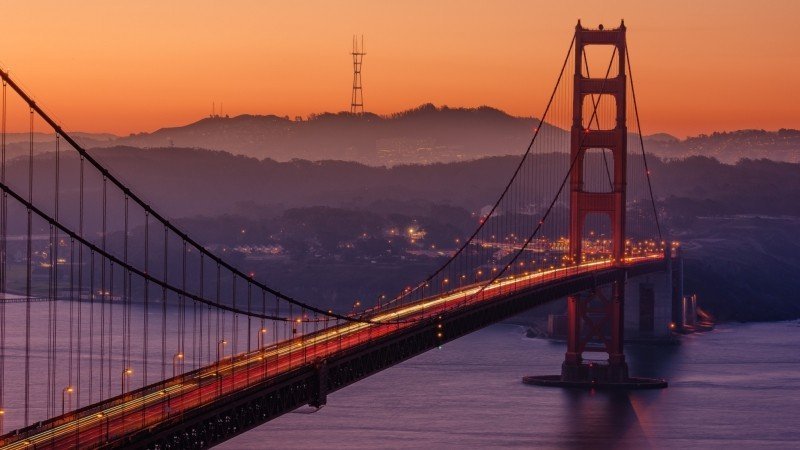
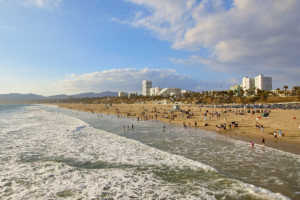
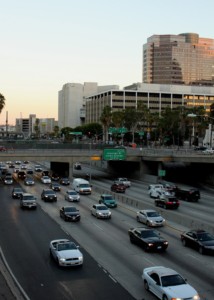
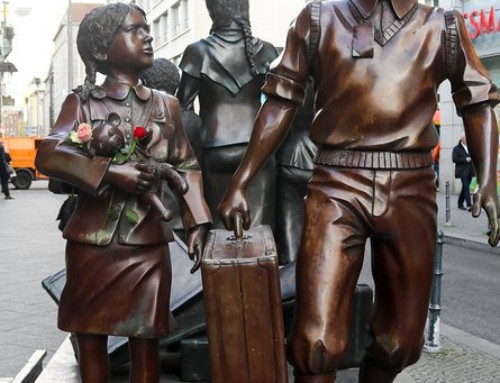
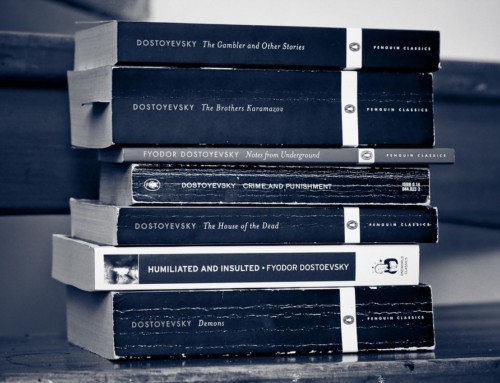



Leave A Comment